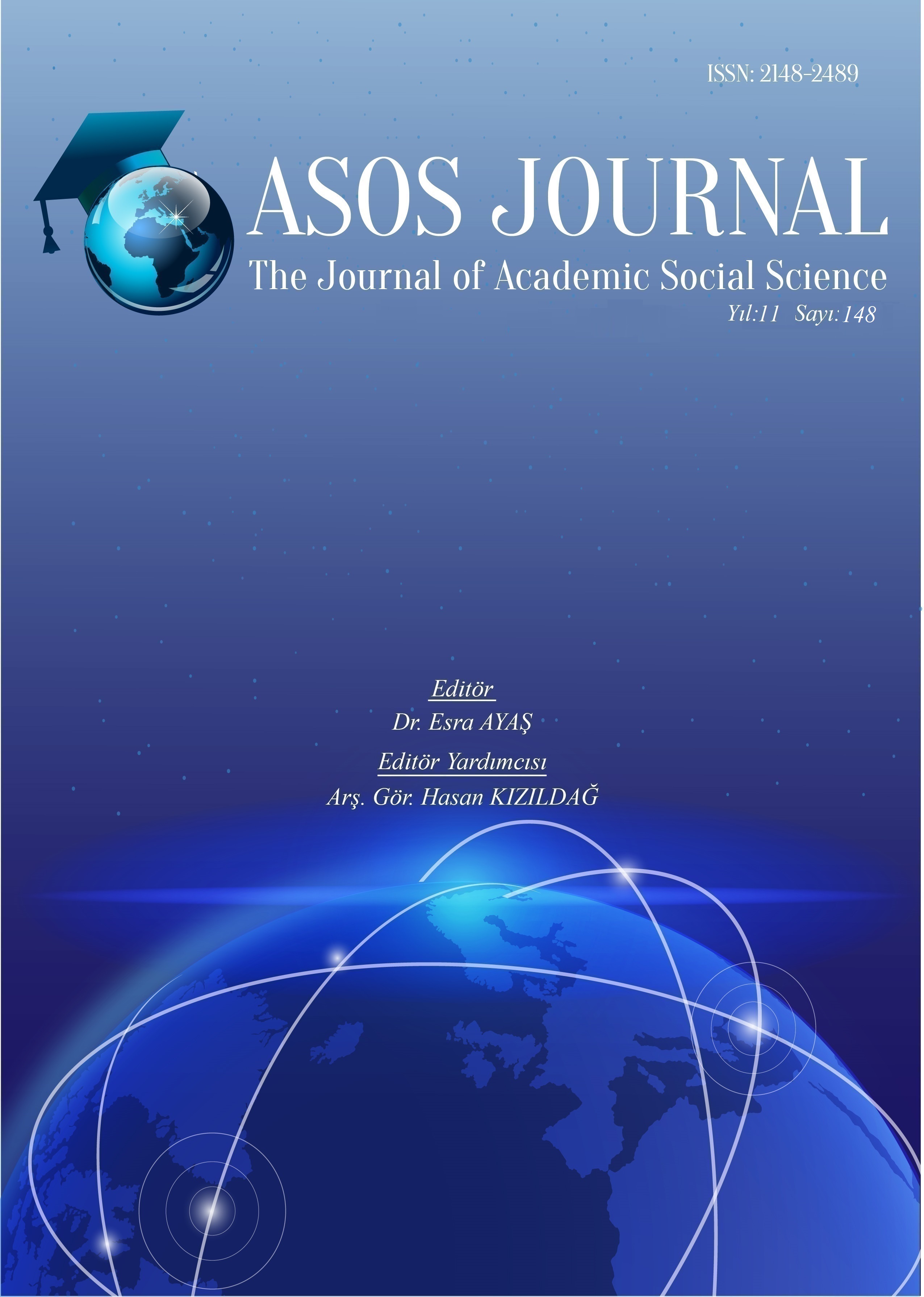TÜRK MUSİKİSİNDE MAKAM VE TERKİP KAVRAMLARI ÜZERİNE İNCELEME: KANTEMİROĞLU, ABDÜLBAKİ DEDE VE H.S. AREL ÖRNEĞİ
Author :
Abstract
Sistemci nazariye döneminde belli dizilerin isimlendirilmesi için kullanılan makam terimi, XVII. asırdan itibaren nağme veya ezgi için önemli perdelerin bir araya getirilmesiyle birlikte belli bir seyre sahip lâhin/ezgi kalıbını açıklamak için kullanılmıştır. Makamlar, az sayıda perdeye sahip olmasının yanında kendine has duygusu olan belirli ezgi kalıbına ait özel nağmelerdir ve birbirlerinden ayırıcı özelliklere sahiptir. Farklı özelliklere sahip makamlar, bu sebeple her zaman sınırlı sayıda kalmışlardır. Terkip ise birleşimdir. Bu birleşim; bir makamın seyir özelliğinin bozulmasıyla, farklı perde ya da perdelerin veya ek nağmelerin makamlara dahil edilmesiyle, en az iki makamın veya makam ve terkibin ya da iki terkibin birleşmesiyle meydana gelmiştir. Günümüzde terkiplere de makam ismi verildiği için makam ve terkip kavramları arasındaki farklar iyi anlaşılamamış, bir terkibin içindeki makam nağmesi, "çeşni" tabiriyle karşılanır olmuştur. Bunun yanında makamların dizi haline getirilerek tarif edilmesi -özellikle Türk halk musikisinde- ezgi isimlendirilmesinde zorluklara ve tutarsız sonuçlara sebep olmuştur. Makalede; Kantemiroğlu, Abdülbaki Dede ve H.S. Arel nazariyeleri üzerinden makam ve terkip kavramlarına değinilerek iki kavram arasındaki önemli farklılıklara ve bu terimlerin bugün karşılığı kabul edilen “basit/müfret”, “birleşik/mürekkep” isimlendirmesine dikkat çekilmiştir.
Keywords
Abstract
The term maqam was used to name certain series during the systematic theory period. Since the 17th century, the melody has been used to create a melody pattern with a certain seyir (course), by bringing together important pitches for the melody. In addition to having a small number of pitches, makams are special melodies belonging to a certain melody pattern with a unique feeling and have distinguishing features from each other. For this reason, makams with different characteristics have always remained in limited numbers. Terkip is combination. This combination; It has occurred by disrupting the flow characteristics of a maqam, by incorporating different pitch or pitches or additional melodies into the maqams, by combining at least two maqams or maqams and combinations, or two combinations. Nowadays, since the terkip are also called makam, the differences between the concepts of makam and terkip are not well understood, and the makam melody in a terkip has become known as "çeşni". In addition, describing the maqams by making them scales has caused difficulties and inconsistent results in naming melodies, especially in Turkish folk music. In the article; By touching on the concepts of makam and terkip through the theories of Kantemiroğlu, Abdülbaki Dede and H.S. Arel, attention is drawn to the important differences between the two concepts and the nomenclature of "simple/müfret" and "combined/mürekkep", which are accepted as the equivalents of these terms today.
